
 call us : +8613866722531
call us : +8613866722531
 send a message : pweiping@techemi.com
send a message : pweiping@techemi.com
 call us : +8613866722531
call us : +8613866722531
 send a message : pweiping@techemi.com
send a message : pweiping@techemi.com
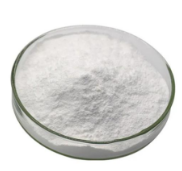
Name: Sodium bicarbonate CAS No.: 144-55-8 Appearance: White powder or opaque monoclinic system fine crystals Molecular formula: CHNaO3 Molecular Weight: 84.01 Melting point:>300 °C(lit.) PACKAGE:25KG/BAG
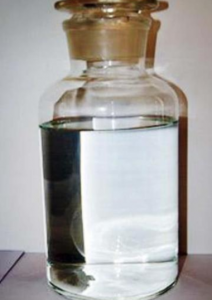
Name: Dichroromethylvinylsilane CAS number: 124-70-9 Molecular formula: C3H6Cl2Si Molecular weight: 141.07 EINECS number: 204-710-3 Mol file: 124-70-9.mol
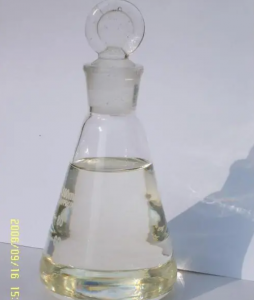
Name: Vinyltrimethylsilane CAS number: 754-05-2 Molecular formula: C5H12Si Molecular weight: 100.23 EINECS number: 212-042-9 Mol file: 754-05-2.mol
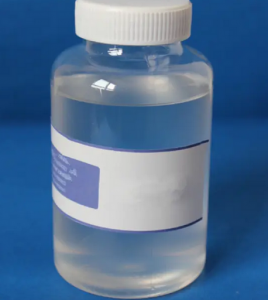
Name: Ethoxydimethylvinylsilane CAS number: 5356-83-2 Molecular formula: C6H14OSi Molecular weight: 130.26 EINECS number: 226-341-7 Mol file: 5356-83-2.mol
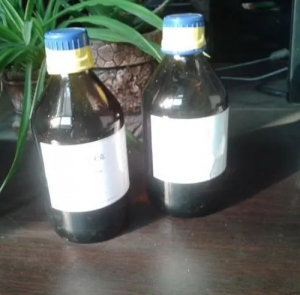
Name: CHLORODIMETHYLPINYLSILANE CAS number: 1719-58-0 Molecular formula: C4H9ClSi Molecular weight: 120.65 EINECS number: 217-007-1 Mol file: 1719-58-0.mol
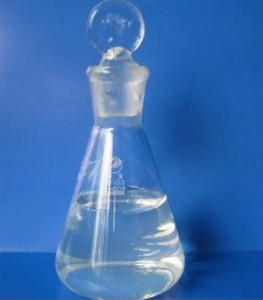
Name: 1,1,3,3-TETRAMETHYL-1,3-DIVINYLDISILAZANE CAS number: 7691-02-3 Molecular formula: C8H19NSi2 Molecular weight: 185.41 EINECS number: 231-701-1 Mol file: 7691-02-3.mol

Welcome to 138th China Import and Export Fair Dear Sir or Madam, The 138th Canton Fair is scheduled to open on October 15th, featuring continuous optimization of exhibition structure, various premium ...
Some food ingredients contain anti vitamin B1 factor, such as fish intestinal cavity and Pteridophyte vitamin B1 enzyme, which can break vitamin B1 molecule by Single displacement reaction with methylene through amino or mercapto compounds. In addition, some vegetables, fruits, such as red cabbage, black currant, tea and coffee contain polyhydroxyphenols, which can inactivate vitamin B1 through Redox. Long term consumption of such foods in large quantities may lead to vitamin B1 deficiency.
Absorption, Transport, and Metabolism
Vitamin B1 is mainly absorbed in the jejunum at low concentrations μ At mol/L, it mainly relies on the active transport system mediated by the carrier, and the absorption process requires the presence of Na+and the consumption of ATP. At high concentrations, it can be absorbed by passive diffusion, but the efficiency is very low. One oral dose of 2.5-5.0mg, most of which cannot be absorbed. After absorption, vitamin B1 is converted into pyrophosphate in the cells of jejunum mucosa through phosphorylation, and the blood is mainly transported by red blood cells in the form of pyrophosphate. Vitamin B1 exists in various tissues and cells in different forms. Taking brain tissue as an example, thiamine pyrophosphate (TPP) accounts for 79%, thiocolloid monophosphate (TMP) accounts for 11%, and thiamine triphosphate (TTP) and free vitamin B1 account for about 5% respectively. The distribution in other tissues is similar to that in brain tissue.
The total amount of vitamin B1 in adults is approximately 30mg. The content levels in various tissues and organs vary, with the liver, kidney, and heart being the highest, 2-3 times higher than the concentration in the brain. The Biological half-life of vitamin B1 in vivo is 9.5~18.5 days, and its metabolites are pyrimidine, thiazole and their derivatives. Metabolic experiments using 14C labeled vitamin B1 have found that 22 of the decomposition products in urine come from pyrimidine and 29 from thiazole.
Physiological function
TPP is the main coenzyme form of vitamin B1 and participates in two important reactions in the body, namely α- Oxidative decarboxylation of ketoacids and transketolase reaction via pentose phosphate pathway. The former is a key link in the biological oxidation process of mitochondria. Pyruvic acid derived from glucose, fatty acid, Branched-chain amino acid and α- Ketone Glutaric acid can enter the Citric acid cycle for complete oxidation only after Oxidative decarboxylation to produce acetyl CoA and succinyl CoA. The latter is mainly carried out in the cytoplasm through transketolase, which can transfer α- The ketone group is transferred to ribose 5-phosphate to form Sedoheptulose and Glyceraldehyde 3-phosphate. This reaction is reversible. Although not an important pathway for glucose oxidation energy supply, it is an important source of pentose and NADPH required for nucleic acid synthesis and lipid and steroid synthesis. Due to the fact that acetyl CoA and succinyl CoA are key links in the decomposition and metabolism of thermogenic nutrients, as well as their synthesis and metabolism junctions, severe deficiency of vitamin B1 can cause widespread damage to the body.
In addition, vitamin B1 plays an important role in maintaining normal nerve and muscle function, especially myocardial function, as well as maintaining normal appetite, gastrointestinal peristalsis, and digestive secretion. In recent years, it has been confirmed that vitamin B1 belongs to a non coenzyme function, which may be related to TPP directly activating nerve cell chloride channels and controlling neural conduction initiation.
 online service
online service +8613866722531
+8613866722531 pweiping@techemi.com
pweiping@techemi.com pweiping
pweiping +8613866722531
+8613866722531